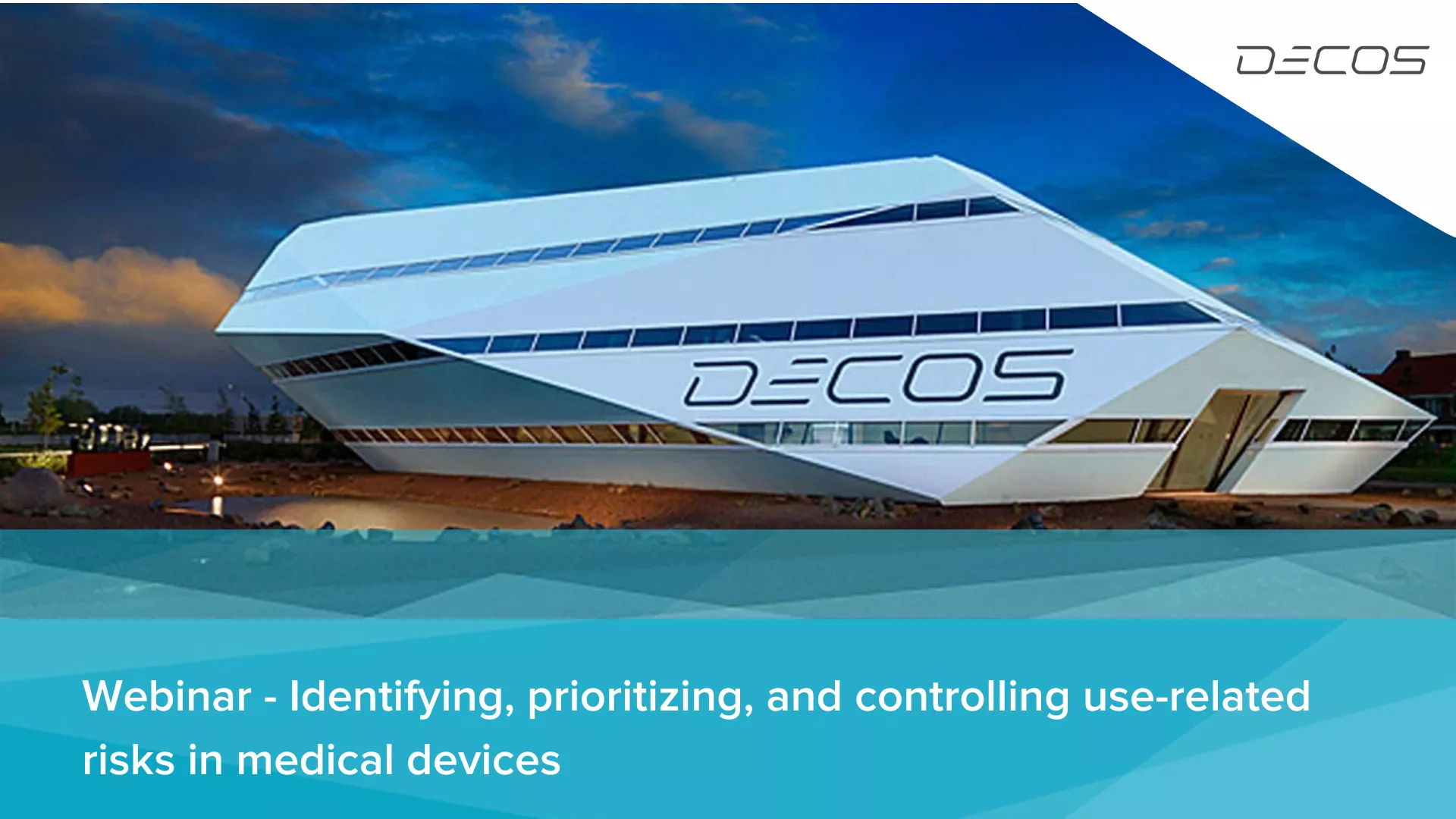Identifying, prioritizing, and controlling use-related risks in medical devices
Medical device use error refers to any mistake or failure in the use of a medical device that could lead to harm to the patient or user.

These errors can occur at any stage, from device design and manufacturing to use by healthcare professionals or patients. These errors can result in adverse events, including patient injury or death, and can also lead to increased healthcare costs and resource utilization. Use errors have led to death due to such consequences as electric shock, radiation, drug overdoses and underdoses, infection, bleeding out, blunt trauma, and severe dehydration.
Use error calls for:
- An investigation of why the use problem exists.
- Key to design improvement and protecting people from harm.
Use Errors can be due to:
- Perception, Cognition, And Action Errors
- Slips, Lapses, and Mistakes
- Errors of commission and omission
- Safety-related and non-safety-related use errors
To estimate and prioritization of risk of use-related hazards we have:
FMEA (Failure Mode and Effect Analysis) is a method used to anticipate the potential failures associated with a product or a process. It estimates the severity of the potential effects of the failure and identifies measures to mitigate the risks related to this failure.
Fault tree analysis (FTA) can provide detailed information on risk and effective risk reduction activities. FTA can be applied at any time in the equipment's life cycle and therefore can form the basis that identifies and addresses changing risks.
Usability testing in medical devices involves evaluating the device's user interface and interactions with users to ensure that it is safe, effective, and easy to use. This type of testing is crucial in the development of medical devices to identify and address potential usability issues that could impact patient safety or device effectiveness.
- Formative Evaluation
- Summative Evaluation
Both formative and summative evaluations are essential components of the medical device development process, helping to ensure that devices are safe, effective, and user-friendly.
Risk Control:The preferred strategy is to eliminate use-related hazards, and this can be attained by:
- Design modification: The most effective approach to mitigating use-related hazards is to eliminate the hazard by removing the possibility of a use error through a design modification early in design.
- Safeguards: An equally effective method of mitigating use-related hazards is to incorporate safeguards to guard against errors in critical device operations
- Modification of intended use: Controlling hazards by modifying a device’s intended use or its associated work processes
- Training: Training users to avoid certain use-related hazards is a potentially effective mitigation method
- Warnings and labeling: The strategy of warning the user about a hazard assumes that users are warned before or while using the device.
The safety of device use can be confirmed by Validating specific design modifications and validating overall device use safety.
Usability testing after implementing mitigation strategies is crucial for detecting any new risks that may have been introduced. User feedback and the performance of essential tasks are valuable indicators of whether the mitigation strategies are effective. Any new risks identified should be carefully assessed to determine their impact on overall risk reduction and whether they are acceptable or require further mitigation. This iterative approach helps ensure that medical devices are safe and effective for users.
After the device has been marketed, the overall goals should be to identify error patterns indicating the existence of use-related hazards as soon as possible; to take actions early enough to prevent unnecessary negative impacts on patient well-being, and to reduce the risk of liability and regulatory action to the manufacturer. Post-market surveillance efforts can focus on data collection and analysis to enable a more complete evaluation of the nature and extent of use problems.
We have covered all these points in webinar, please watch the recap.
This webinar was presented by Decos, a cutting-edge technology services partner ready to meet your diversified needs in the healthcare domain.
If you have any questions about this webinar or wish to seek advice on medical device project, please contact Devesh at devesh.agarwal@decos.com
We would love to discuss it with you!
Discover more

Importance of Firmware Security

Applications of Computational Fluid Dynamics (CFD) in healthcare


